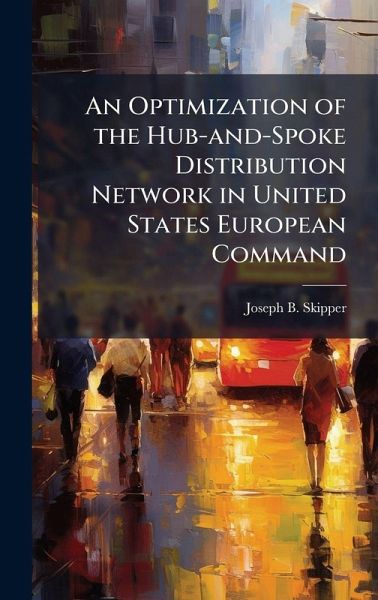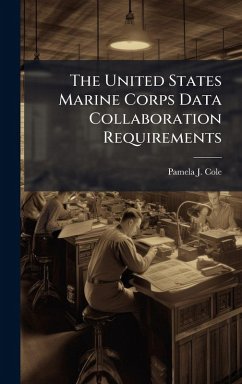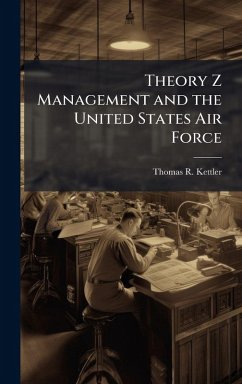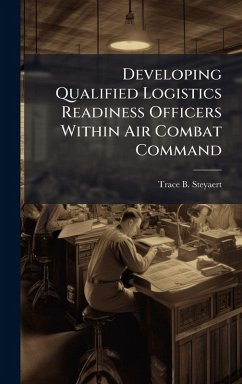
An Optimization of the Hub-and-Spoke Distribution Network in United States European Command
Versandkostenfrei!
Versandfertig in über 4 Wochen
28,99 €
inkl. MwSt.
Weitere Ausgaben:

PAYBACK Punkte
14 °P sammeln!
The current hub-and-spoke network in the European Theater is made up of locations built and organized around a Cold War threat. The threat of large-scale attrition warfare seems to have passed, and the threat of multiple, smaller scale contingencies has placed greater demands on the US military's ability to transport equipment and personnel to multiple locations simultaneously. This research effort utilizes a Multiple Objective Linear Programming (MOLP) model to analyze optimal hub locations in USEUCOM. The model used to analyze the network was developed in Microsoft Excel and followed MOLP te...
The current hub-and-spoke network in the European Theater is made up of locations built and organized around a Cold War threat. The threat of large-scale attrition warfare seems to have passed, and the threat of multiple, smaller scale contingencies has placed greater demands on the US military's ability to transport equipment and personnel to multiple locations simultaneously. This research effort utilizes a Multiple Objective Linear Programming (MOLP) model to analyze optimal hub locations in USEUCOM. The model used to analyze the network was developed in Microsoft Excel and followed MOLP techniques to determine the trade-offs between the two constructs of importance time and cost. The results of the multiple model runs show that the Aviano hub alternative provides the least expensive and least time consuming option of the four alternatives considered. This came as no surprise. The use of a hub location that coincides with one of the demand locations eliminates the need for forward movement from the hub to the demand location. The reduction of cost and time in the optimal network should result in an overall savings to the entire network cost. This work has been selected by scholars as being culturally important, and is part of the knowledge base of civilization as we know it. This work was reproduced from the original artifact, and remains as true to the original work as possible. Therefore, you will see the original copyright references, library stamps (as most of these works have been housed in our most important libraries around the world), and other notations in the work. This work is in the public domain in the United States of America, and possibly other nations. Within the United States, you may freely copy and distribute this work, as no entity (individual or corporate) has a copyright on the body of the work. As a reproduction of a historical artifact, this work may contain missing or blurred pages, poor pictures, errant marks, etc. Scholars believe, and we concur, that this work is important enough to be preserved, reproduced, and made generally available to the public. We appreciate your support of the preservation process, and thank you for being an important part of keeping this knowledge alive and relevant.












